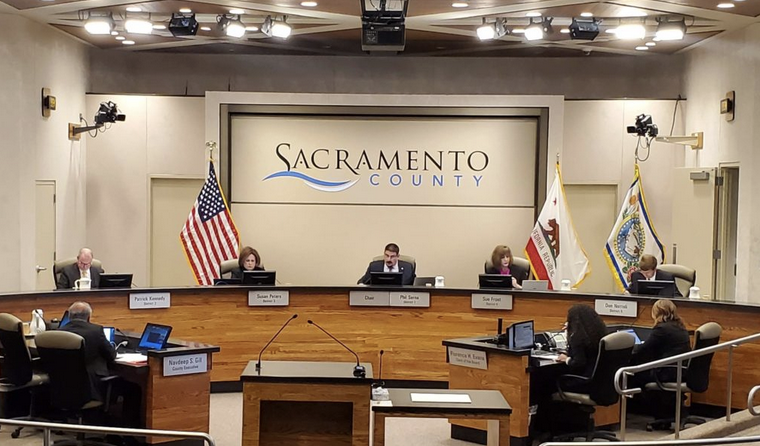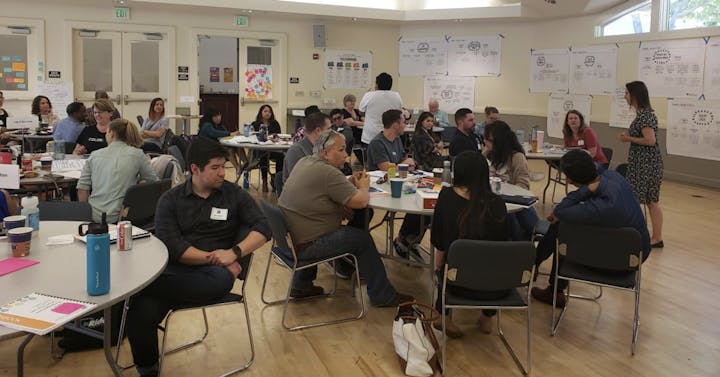Our Structural Governance Problem
Counties provide municipal services to unincorporated areas. California's 58 counties are run by Boards of Supervisors. Among the counties, San Francisco is unique in that it has no unincorporated areas. The other 57 counties have 5-member Boards of Supervisors that, in addition to providing areawide services for their entire county, function as the municipal government for unincorporated communities within their county.
County Supervisors are elected by-district, meaning there are defined geographic areas from which that area elects a representative. The voting districts are set every 10 years based on census data. And since unincorporated areas do not have precise physical boundaries, it is not unusual for the decennial redistricting process to split an unincorporated community. While voters in an unincorporated community only get to vote for 1 member of the Board of Supervisors, it is sometimes possible that the community will be represented by 2 Supervisors, each of whom is responsible for a portion of the community. Still, given that any action by a Board of Supervisors requires a majority of 3 votes, unincorporated areas - whether represented entirely by 1 Supervisor or partially by a total of 2 Supervisors - will need a municipal services vote from a 3rd Supervisor that the voters of the unincorporated community cannot vote for or vote against. While the Supervisors whose election depends on voters from outside the unincorporated community can claim their obligation is to serve the entire county, they can vote against the wishes of the unincorporated community without fear of voter reprisal.

Further, when municipal services are the responsibility of a Board of Supervisors, the unincorporated community's representation is diminished in comparison to a city's. That is because the Supervisor's District typically has far more constituents than the voters of the unincorporated community. If constituents want to be heard by their municipal government, the ratio of elected municipal officials to constituents matters. In California, cities ranging in population from 50,000 to 500,000 are considered mid-sized cities. Depending on the size of their city councils, those cities might have 1 elected official for each 10,000 to 56,000 people. By contrast each Supervisor in Los Angeles County has almost 2 million constituents. California's largest unincorporated place is East Los Angeles. It has a population of 121,000 people - bigger than 432 of California's 482 cities - but holds just 6% of its Supervisor's constituents. The state's second-largest unincorporated community is Arden Arcade (population 95,000) in Sacramento County, where each Supervisor represents 325,000 people. Arden Arcade has less than 1/3 of the people represented by its Supervisor yet it has more people than 402 of California's 482 cities. It is tough to get listening behavior from your elected official when your community is just a small part of the elected officials' span of attention.
These circumstances are neither democratic nor fair for the people of the unincorporated community. Don't those people deserve the same municipal rights and privileges as the Californians who live in cities enjoy?


